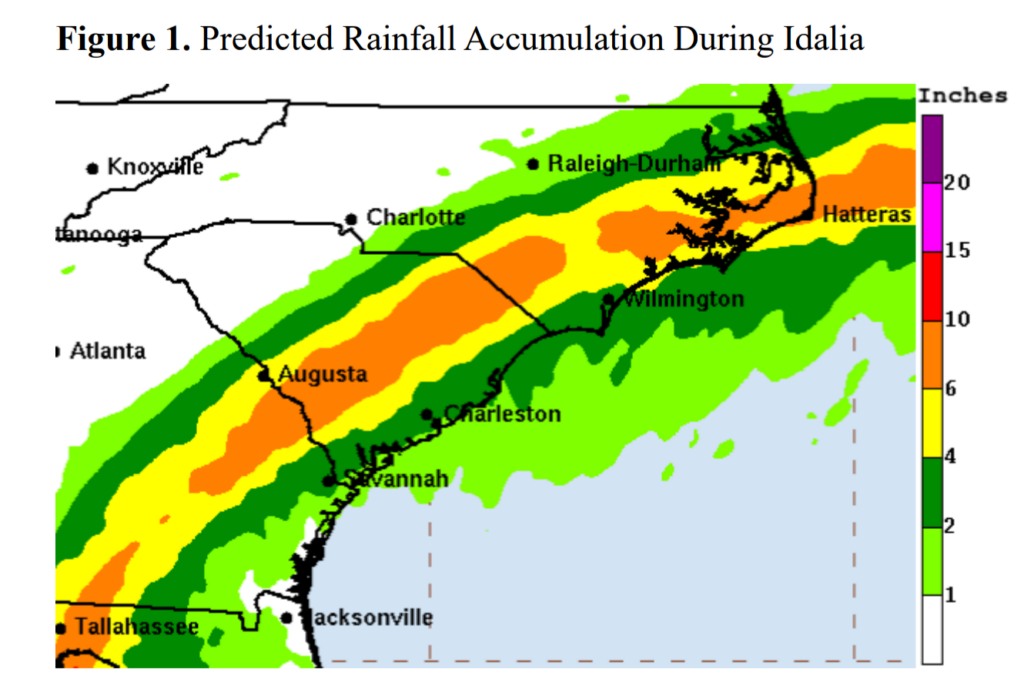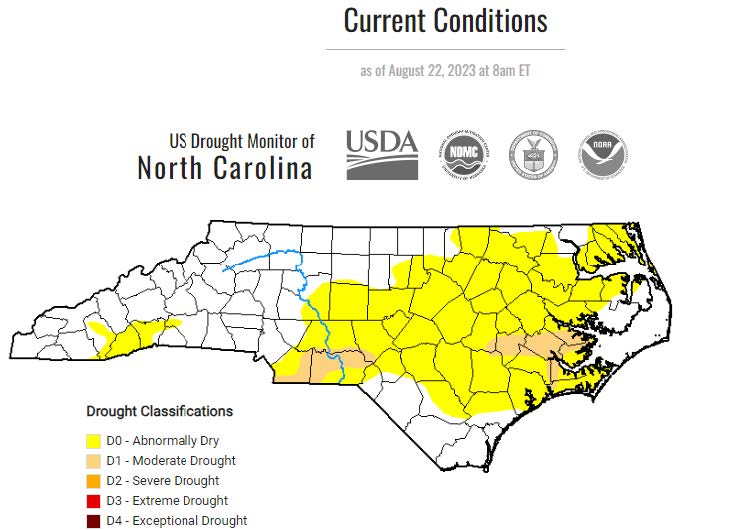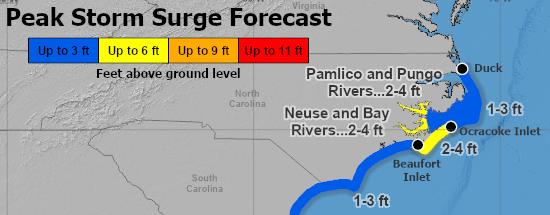Ag Water Management Considerations in Preparation for Tropical Storm Idalia
go.ncsu.edu/readext?954632
en Español / em Português
El inglés es el idioma de control de esta página. En la medida en que haya algún conflicto entre la traducción al inglés y la traducción, el inglés prevalece.
Al hacer clic en el enlace de traducción se activa un servicio de traducción gratuito para convertir la página al español. Al igual que con cualquier traducción por Internet, la conversión no es sensible al contexto y puede que no traduzca el texto en su significado original. NC State Extension no garantiza la exactitud del texto traducido. Por favor, tenga en cuenta que algunas aplicaciones y/o servicios pueden no funcionar como se espera cuando se traducen.
Português
Inglês é o idioma de controle desta página. Na medida que haja algum conflito entre o texto original em Inglês e a tradução, o Inglês prevalece.
Ao clicar no link de tradução, um serviço gratuito de tradução será ativado para converter a página para o Português. Como em qualquer tradução pela internet, a conversão não é sensivel ao contexto e pode não ocorrer a tradução para o significado orginal. O serviço de Extensão da Carolina do Norte (NC State Extension) não garante a exatidão do texto traduzido. Por favor, observe que algumas funções ou serviços podem não funcionar como esperado após a tradução.
English
English is the controlling language of this page. To the extent there is any conflict between the English text and the translation, English controls.
Clicking on the translation link activates a free translation service to convert the page to Spanish. As with any Internet translation, the conversion is not context-sensitive and may not translate the text to its original meaning. NC State Extension does not guarantee the accuracy of the translated text. Please note that some applications and/or services may not function as expected when translated.
Collapse ▲Hurricane Idalia is forecasted to weaken to tropical storm status as it approaches North Carolina. However, it will still impact the state with significant rainfall as it passes through. The figure below shows the rainfall predictions by the National Hurricane Center as of 8:00 a.m. on 8/30/23.

Figure 1. Predicted Rainfall Accumulation During Idalia
The areas that will be affected by the highest accumulation of precipitation 4-10 inches are also relatively dry according to the latest drought monitoring map shown in Figure 2 taken from ncdrought.org.

Figure 2. Current Drought Conditions
The impending rainfall will help to replenish soil water that has been depleted over the several weeks. Most of the soils in these areas will hold a considerable amount of the precipitation under the current soil water conditions. This storm will however still generate runoff as the precipitation rate at times will be greater than the infiltration rate of the soil. Producers can utilize existing water control structures and surface water holding ponds to maximize both infiltration and water storage to help replenish soil water supplies and lower the downstream flooding potential.
Producers should also check drainage ways and outlets to make sure they are clear of debris that would prevent proper drainage. In coastal counties that utilize both flash board risers and tide gates for flood control, producers should make sure that tide gates are functioning properly, that seals are in place, and that the gates are not plugged with debris. Some areas will receive 2 to 4’ of storm surge as shown in Figure 3 from the National Hurricane Center. This storm surge will bring salt water into the lower elevation areas of rural agriculture and silviculture land. This will happen in the Pamlico, Pungo, Neuse and Bay Rivers and their tributaries as a 2-4’ storm surge is predicted. The tidal gates, dikes, pumps, and flashboard riser systems can be utilized to lesson the impact of salinization on these areas. In cases with flashboard risers and no tide gates, one may want to consider using the riser boards to keep salt water out allowing freshwater runoff to pond on the upstream side of the structure until the storm surge rescinds. At that point, allow the upstream to drain by removing the boards. Low lying areas that are prone to flooding maybe impacted by salt water due to the storm surge. The sooner ponded surface water is removed after the flooding event the lower the accumulation of salt will be.

Figure 3. NOAA Predicted Storm Surge During Idalia


